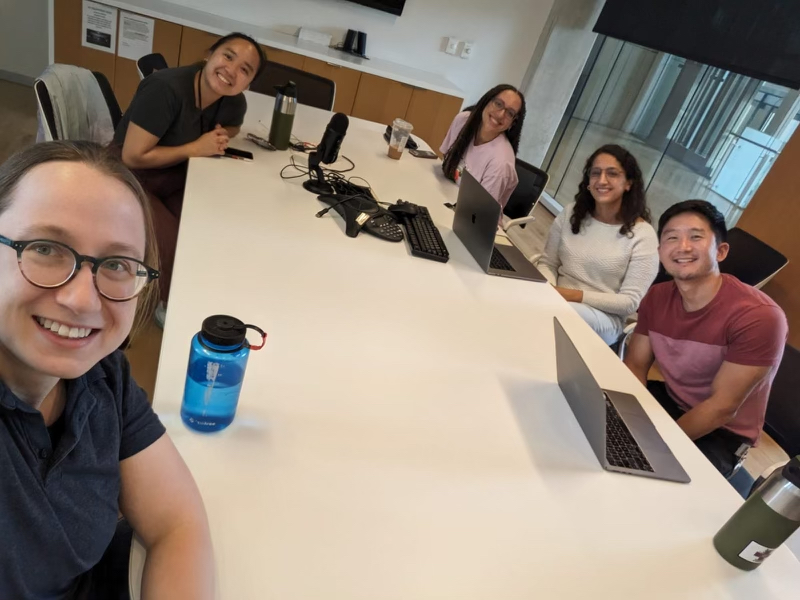Join
We invite PhD students, postdocs, and professors at UCSD and other local institutions to join us in teaching science classes in San Diego County jails.
We work in East Mesa Re-Entry Facility (men) and Las Colinas Detention and Re-Entry Facility (women), which are the two re-entry facilities run by the San Diego County sheriff’s department. At these facilities, we work with students who have been convicted of a crime which is non-violent, non-serious, and not a sex crime. The structure of the program is that every quarter, we teach a class at each facility that is comprised of 6 2-hour lessons, on a weeknight either in the evening (leaving campus between 3 and 4pm) or in the early morning. We always teach in a group of 2-6 instructors, and the same group of graduate student instructors teaches the entire quarter-long class to the same group of incarcerated students. Currently at East Mesa, classes are taught every other week, and at Las Colinas classes are taught for six weeks straight in the second half of the quarter.
Each class has a theme, sometimes chosen to line up with students in a particular workgroup (eg the science of cooking for the culinary arts group) and sometimes chosen to be something the instructors think will be of interest or prior groups of students have requested. Past themes include DNA, the Science of Cooking, Science through History (in Spanish), and Marine Science. Lessons consist of about an hour of lecture, with lots of interruption for questions and interaction between the instructors and the students, and about an hour of an activity. Activities have included running a gel, building a model of a cell out of styrofoam, doing an experiment about what conditions will lead to bread dough rising more or less, and building an earthquake-proof structure out of knex. We have also done creative activities, including designing your own creature adapted to a new specific environment and painting with cochineal. Some of our goals are for incarcerated students to be able to connect science with their everyday lives, use scientific thinking when faced with questions, and build positive relationships with scientists.
Time commitments for being an instructor include weekly 1 hour planning sessions (12 in total), 2 hour classes (6 in total), and creating one complete lesson plan. To be an instructor in the facility you also need to go through the process of visitor clearance and training. The visitor clearance process includes a background check, but you can still receive a clearance if you are an international student or have a prior record (though this may depend on what exactly your prior record is). This commitment is on a quarter-by-quarter basis, but if you do a clearance we request you teach two quarters per year.
Time commitments for being a teaching support group member includes weekly 1 hour planning sessions (12 in total), and creating one complete lesson plan. You do not need clearance for visiting the jail for this commitment. This commitment is on a quarter-by-quarter basis.
Members of our program also work on connecting with the local re-entry community, grant-writing, advocacy, and supporting formerly incarcerated students in higher education. If you’re interested in getting involved with these things, even if you’re not interested in teaching, please also get in touch.
Please email sdscienceclass AT gmail.com if you are interested in joining!

Notes from current and previous instructors
“This class is the highlight of my week; the students are engaged and excited to be there.”
Reasons instructors have given for why they’ve joined the program:
-want to learn how to teach
-believe science should be accessible to everyone
-prevent misinformation about science
-everyone has a right to education
-mitigate the negative effects of incarceration
-encourage scientific thinking
-answer questions
-validate experiences of the world
-learn from the students
Things instructors enjoy about the program:
-creativity of developing the lesson plans
-spurring curiosity about science
-hearing about other people’s curiosity
-being outside of an academic environment
-seeing people initially be hesitant and then get feedback that they can do science